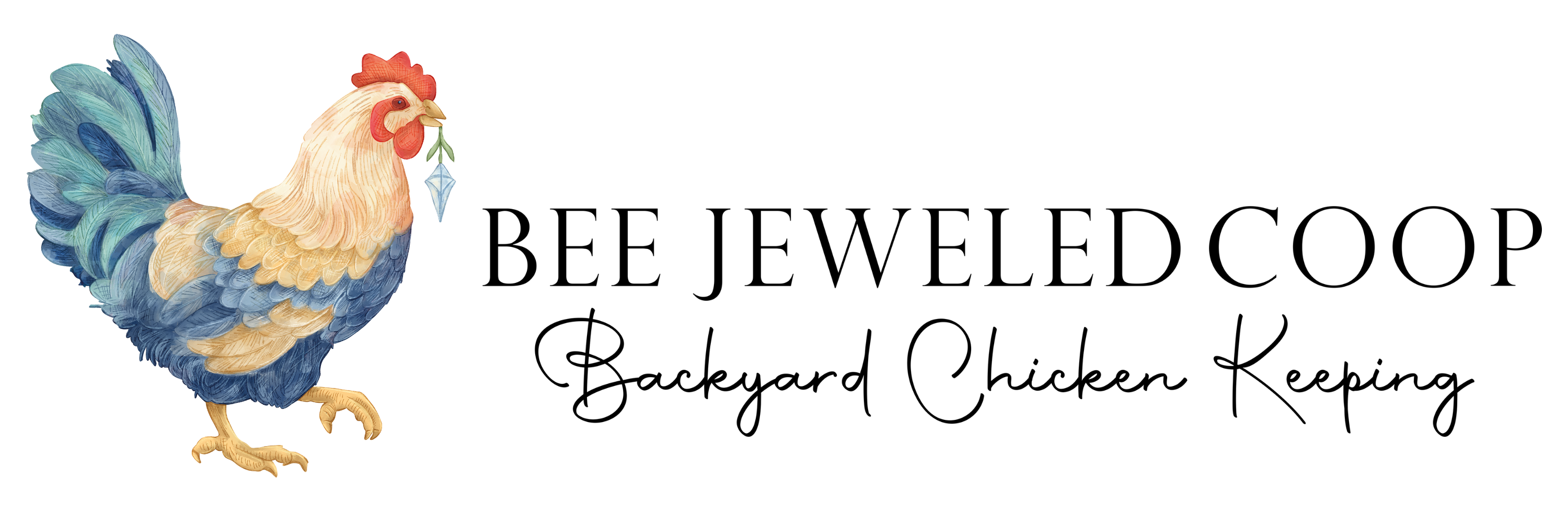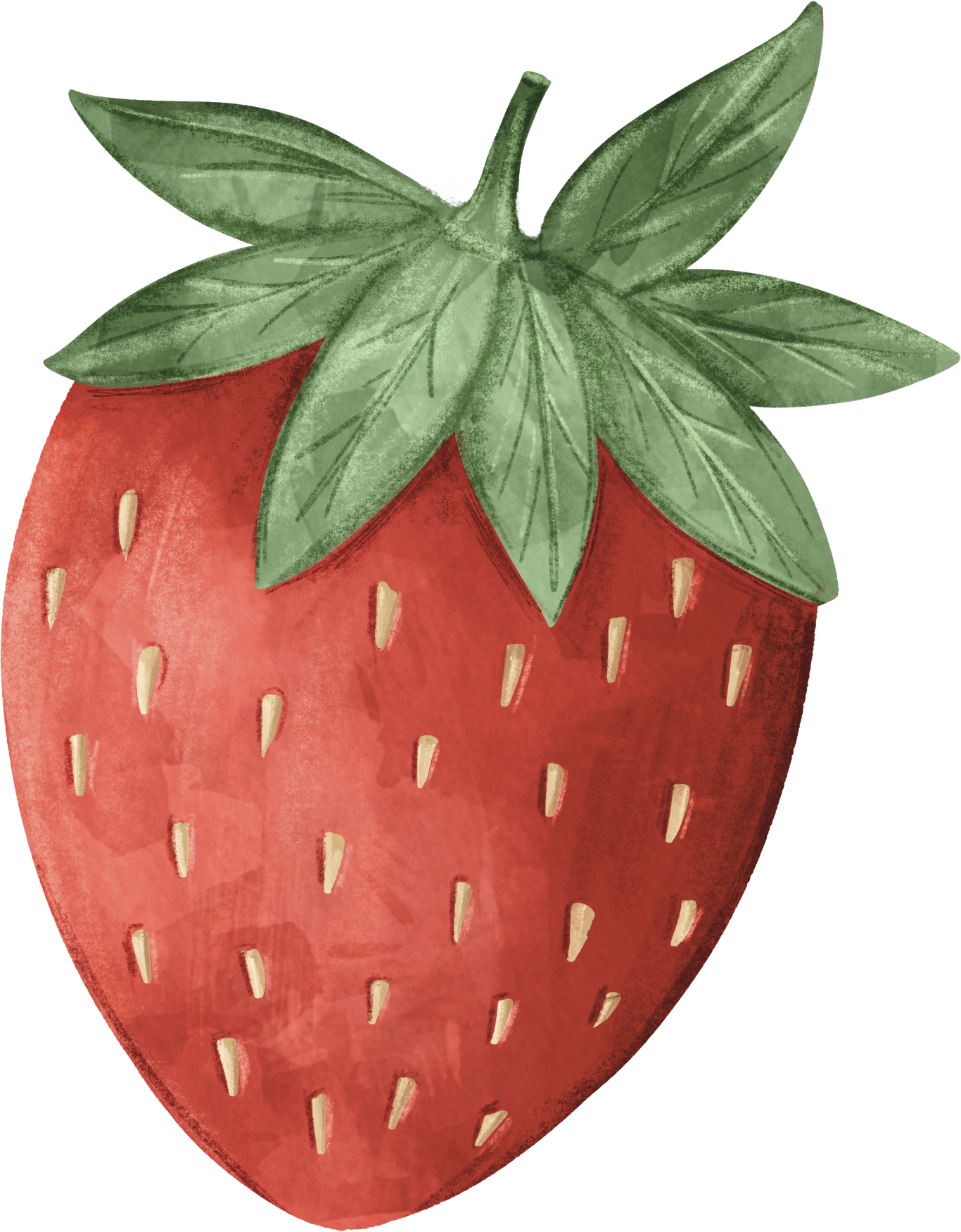Article: Chicken Coop Roosting Bars & Bedding Shelf

Chicken Coop Roosting Bars & Bedding Shelf
When we started construction on our chicken coop, I had envisioned a traditional ladder style roosting setup over the floor. However, as I did more research on different ideas I came across the concept of a litter shelf. Essentially, it's a raised box positioned just beneath the roosts and filled with a siftable bedding for easy daily cleaning!
As we moved toward completing the roosting area of the coop, I immediately knew I wanted to incorporate one of these shelves. So, we embarked on a mission to figure out how to install it in our own coop.
Want to build a chicken coop like this one? Check out our Chicken Coop Building Plans!
Our coop is a 4x8 structure with a 16' x 8' run, accommodating up to 12 chickens. Being located in a warm climate, I opted for lots of breeze windows to allow for extra ventilation in the summer. Additionally, the upper portion of the walls feature plexiglass windows, allowing sunlight in the coop during the day. Although this left minimal space for attaching roosting bars to the side walls, I knew I could find a way to work around it.

Materials:
• Stair Hand Rail - this 12' stair rail will make three 4' roosts
• 2x4 Brackets/Joist Hanger - I cut these in half and only used the bottom portion
My goal was to have easily detachable roosts which would allow for efficient cleaning. The stair rails make perfect roosting bars: They wide, smooth and slightly rounded. I was able to securely hang the rails using the 2x4 joist hangers, which were bent outwards a bit to fit the handrails perfectly. I also cut the joist hangers in half to prevent extra metal from being exposed.
Installation:
To install the brackets onto the wall, I began by measuring the location for the initial roost. To ensure adequate space between each roost, a minimum of 12 inches is recommended. I marked the first roost bracket 12 inches from the rear wall and repeated this process for the second roost, which was also spaced 12 inches (on center) from the first. The final roost is positioned at the front of the shelf and consists of a detachable 2x4, also attached with joist hangers, that secures the bedding or sand. This is located 12 inches from the second roost.

Obstacle: Roost location in the middle of the window?!
I discovered that the middle roost directly interfered with the center position of the windows. I did not want to obstruct the windows as they are crucial during the hot and humid summer months. So, I explored various options. Since we had not yet finished trimming out the window's interior, I decided to incorporate a wider board for the top trim. We used a 2x6 board for the "trim" and attached the roosting bar bracket to the bottom. This made the position of the rear bar slightly higher than the middle bar, but not by much.

The Shelf:
To construct the shelf itself, we made a 4-sided box with 2x4s and attached it to the back and side walls. Then we screwed a sheet of plywood to the top of the 3-sided box. It is important to measure the inside of your coop to obtain the appropriate dimensions for the shelf. If it is too large, the shelf will not fit, and if it is too small, you will be unable to fasten it to the wall. Therefore, measure, cut, and confirm the fit before assembling everything.

Another tip that I discovered is to cover the shelf with a waterproof liner. Luckily, we had some vinyl flooring remnants stored in the attic from the previous owners that were the perfect size for the shelf. Using liquid nails, we adhered the vinyl flooring to the shelf, and just like that, our shelf was complete!
After completing the installation of the roosting bars and the shelf, the next task was to fill the space with bedding or sand. I opted for an animal-specific coffee ground bedding that is free of dust and very easy to clean. Although sand is an alternative option, it tends to produce a lot of dust. However, compared to shavings, which can retain excess moisture and be challenging to clean, sand is still a preferable choice.

If you're building your own chicken coop, congratulations! I hope you found these tips helpful. And if you're looking to build a chicken coop like ours, I compiled a lot of useful information in a downloadable document with detailed building plans for you to use!








